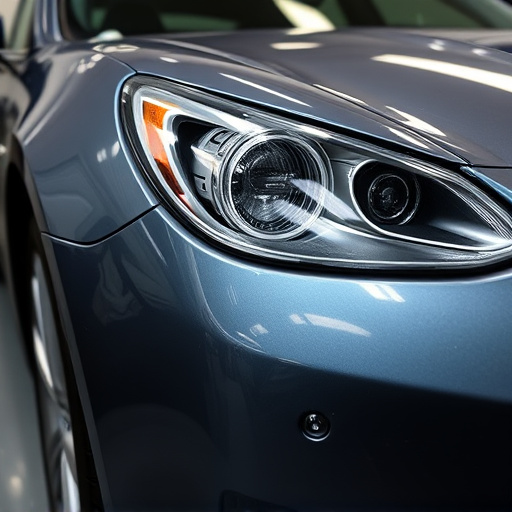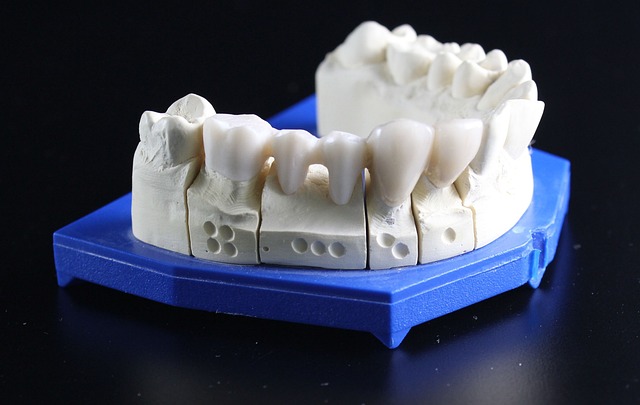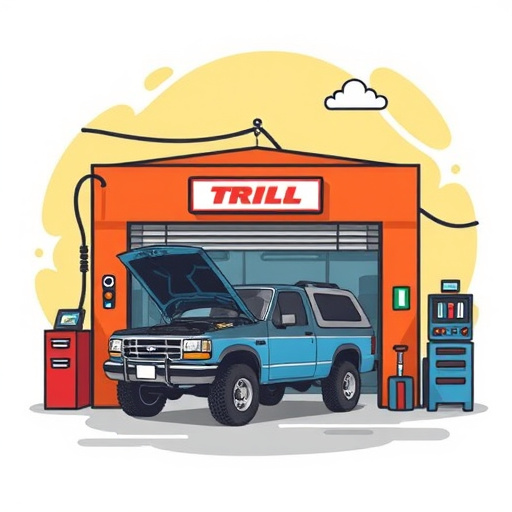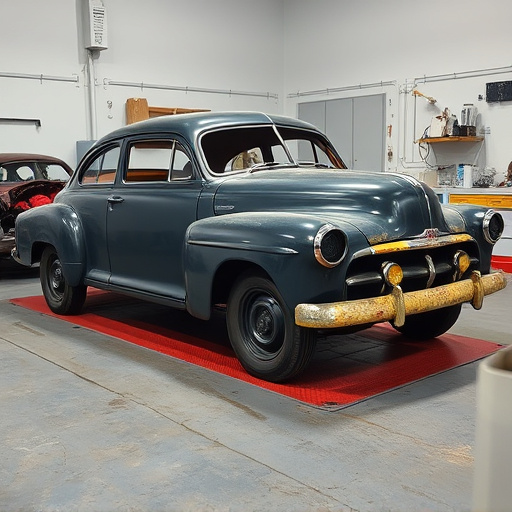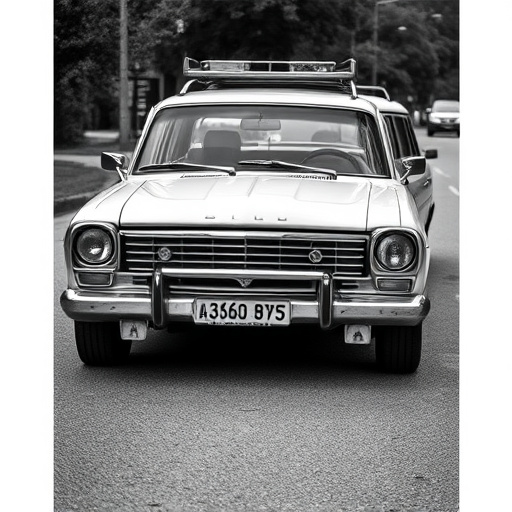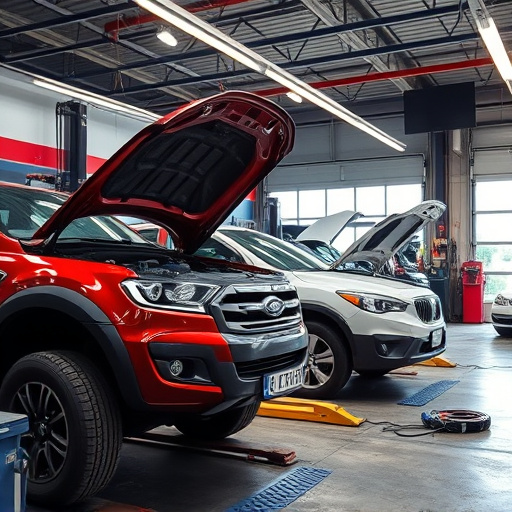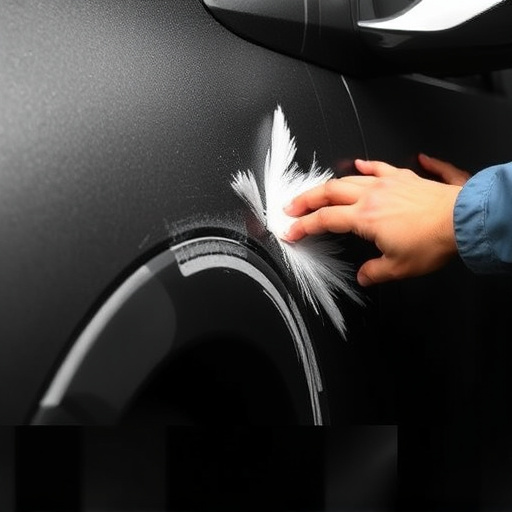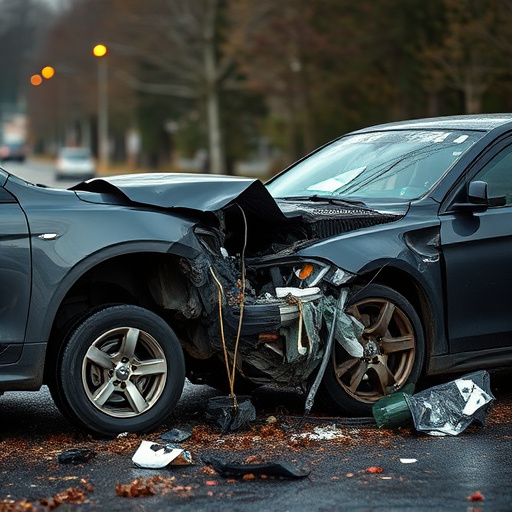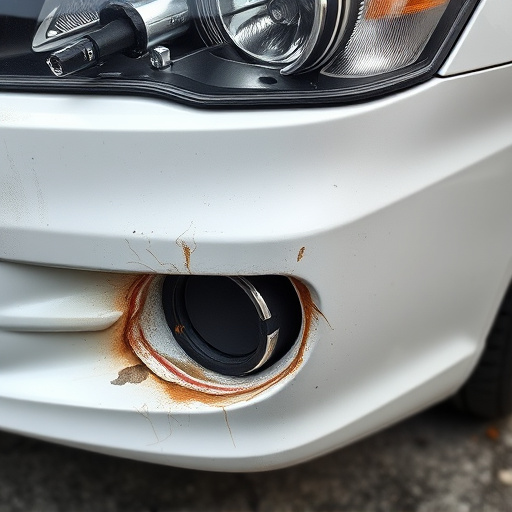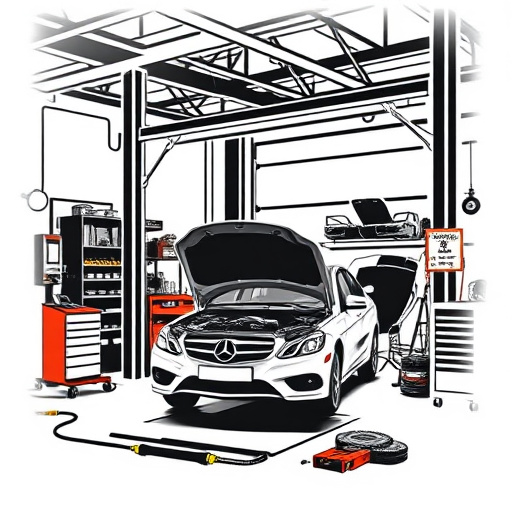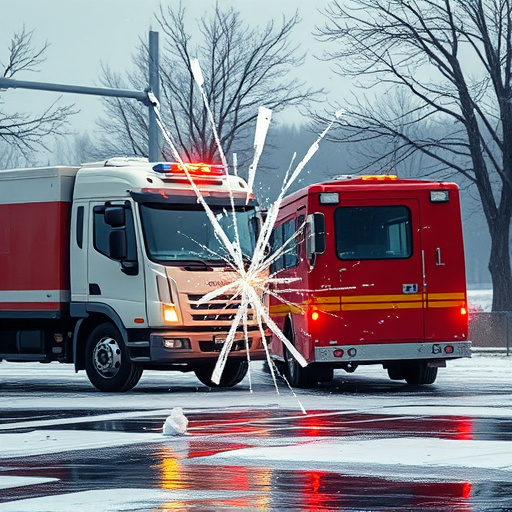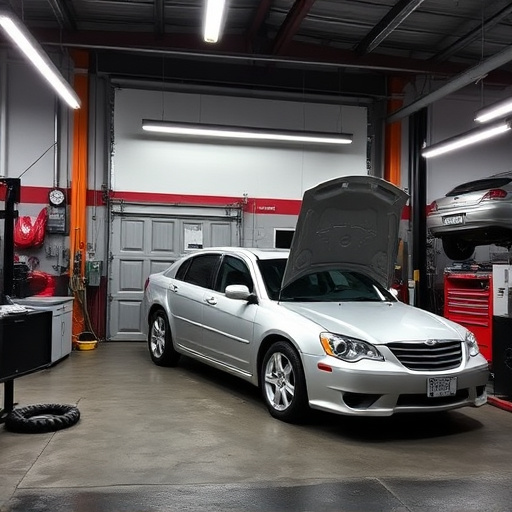Waterborne paint systems, favored in automotive collision repairs, owe their superior adhesion to their complex composition of resins, binders, pigments, and solvents. Molecular interactions like hydrogen bonding and ionic bonds create strong connections to vehicle surfaces. Optimal performance requires meticulous preparation, environmental control, and precise chemical selection for long-lasting, high-quality finishes in repair shops.
“Unraveling the science behind adhesion in waterborne paint systems is key to achieving superior coating performance. This article delves into the intricate world of waterborne paints, exploring their unique composition and its pivotal role in ensuring strong adhesion. We dissect the chemical bonding processes that foster robust connections between substrates and paints. Additionally, we examine critical factors influencing adhesion, providing insights for professionals to optimize waterborne coating applications.”
- Understanding Waterborne Paint Composition and its Role in Adhesion
- The Chemical Bonding Processes Enabling Strong Adhesion
- Factors Influencing Adhesion Performance in Waterborne Coatings
Understanding Waterborne Paint Composition and its Role in Adhesion
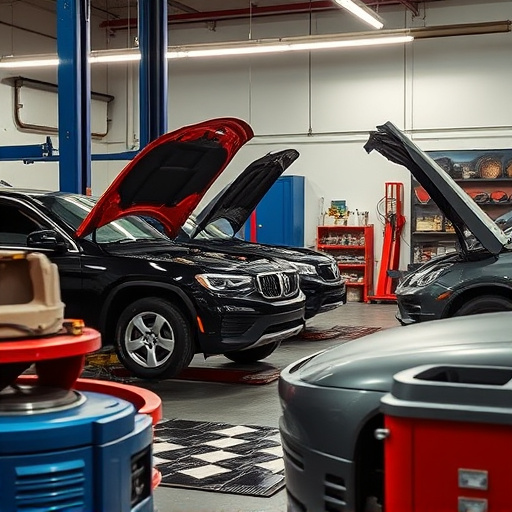
Waterborne paint systems have gained significant popularity in the automotive industry, particularly in collision damage repair and vehicle bodywork applications. These paints are formulated with unique properties that contribute to their superior adhesion on various surfaces. Understanding the composition of waterborne paints is key to grasping how they achieve such strong bonds. The base components include resins, binders, pigments, and solvents, all carefully engineered to create a harmonious mixture.
The role of these elements in adhesion is multifaceted. Resins and binders form the backbone of the paint film, providing chemical connections that lock into the substrate’s surface. Pigments not only contribute to color but also enhance cross-linking between layers, creating a strong, cohesive bond. Solvents play a crucial role in adjusting viscosity for easy application and drying, ensuring the paint adheres smoothly without bubbles or gaps. This meticulous balance of ingredients makes waterborne paints an excellent choice for collision repair shops aiming for durable, high-quality finishes on vehicle bodywork.
The Chemical Bonding Processes Enabling Strong Adhesion
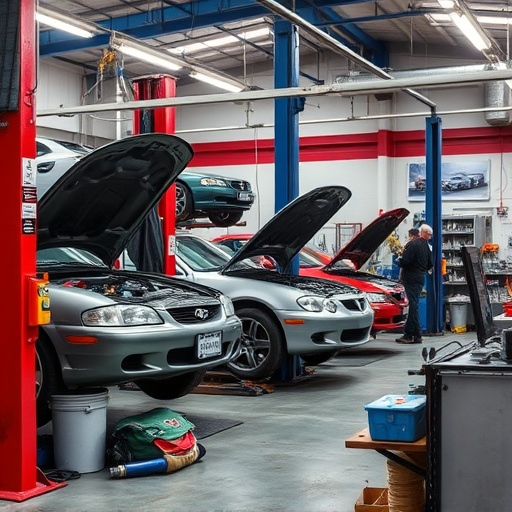
The science behind adhesion in waterborne paint systems is a fascinating interplay of chemical bonding processes. These systems rely on a complex network of molecular interactions to create strong bonds between the paint and the surface it’s applied to, such as a car body in a vehicle body shop or collision repair. The key lies in understanding how various chemical groups can form strong connections, ensuring the paint adheres firmly.
Polar molecules in waterborne paints, for example, exhibit hydrogen bonding, where hydrogen atoms in one molecule are attracted to electronegative sites on another. This interaction plays a significant role in the overall adhesion, especially when combined with other mechanisms like van der Waals forces and ionic bonds. In car body repair or collision repair scenarios, these chemical bonding processes ensure that the new paint layer fuses seamlessly with the underlying surface, resulting in a durable, high-quality finish.
Factors Influencing Adhesion Performance in Waterborne Coatings
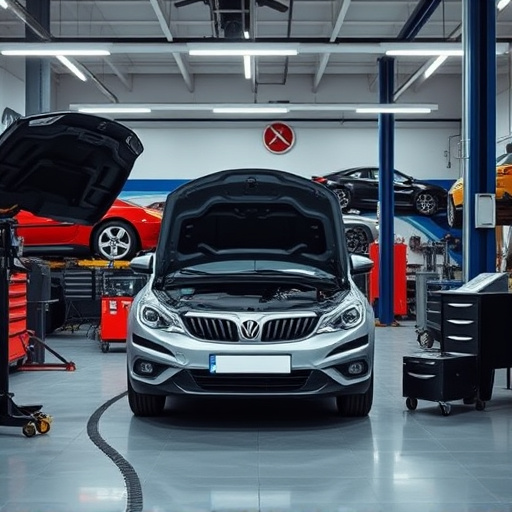
Several factors significantly influence the adhesion performance of waterborne coatings, especially in the context of automotive applications like vehicle body shops and auto collision centers. The surface preparation is a critical step; ensuring the substrate is clean, dry, and free from contaminants is essential for optimal adhesion. Coating composition, including resin type, pigment, and additives, plays a crucial role. Different resins offer varying levels of compatibility with substrates, while specific pigments can enhance or hinder adhesion depending on their chemical properties.
Environmental conditions during application and curing also matter. Humidity levels and temperature significantly affect the viscosity and drying time of waterborne paints. In dent repair scenarios, where precise adhesion is vital for long-lasting repairs, maintaining controlled environments becomes critical. Additionally, surface roughness and energy treatment can improve adhesion by creating a more receptive surface, ensuring robust bonding between the coating and the vehicle body’s surface.
Waterborne paint systems have revolutionized the coatings industry, offering environmentally friendly alternatives with superior adhesion properties. By understanding the intricate composition of these paints and the chemical bonding processes at play, we can optimize their performance. Key factors, such as surface preparation, moisture content, and pigment interactions, significantly influence adhesion, ensuring long-lasting and robust results in various applications. Navigating these aspects allows professionals to harness the full potential of waterborne paint systems, providing durable finishes that meet modern demands.
